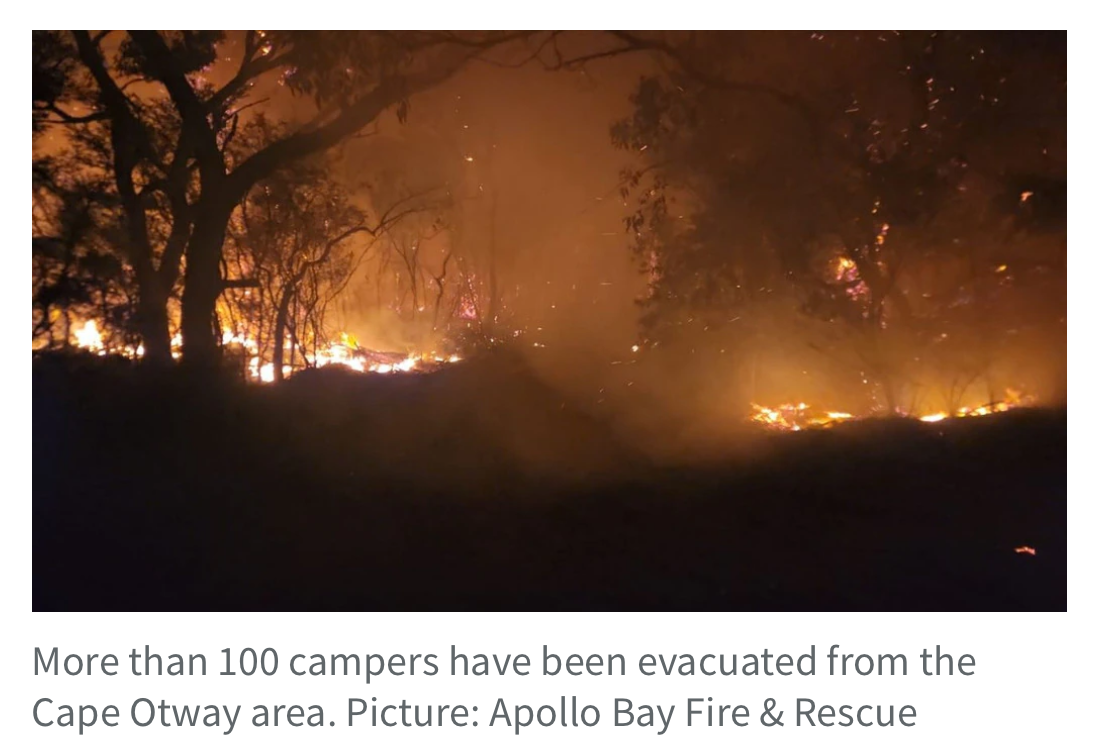Reviewing and Testing Emergency Response Plans

Have you noticed more natural hazard emergencies in the news lately? Are your emergency response plans designed for major events, or just single incidents—like when a participant breaks a leg and the guide calls for an evacuation?
We’ve seen the impact of the Nelson-Tasman floods in 2022, and more recently, the disruption caused by Auckland Anniversary and Cyclone Gabrielle’s rain, wind, and flooding. Fires have also flared up in the Christchurch Port Hills, Castle Hill, Waikato, Coromandel, and Northland.
Dr Nicola Day from Victoria University in Wellington warns that, “modelling suggests that in the next decades, we will have a climate that's sort of similar to Australia, which is kind of alarming for us because we have not really had to think about fire a lot. We really need to be more prepared for wildfires in the future. If you think of Otago, it is full of those beautiful iconic tussock grasslands, and those catch fire really quickly and will help a fire travel really fast.”
While coastal flooding is New Zealand’s fastest-growing insurance risk, fires are likely next, says insurance and climate researcher Belinda Storey.
In January, my wife, two kids, and I were doing part of the Great Ocean Walk in Victoria, Australia. After a few rainy days of walking and camping, we took a break at Bimbi Park to dry out our tent and gear. At 3am, we were woken with news of an approaching bushfire—apparently sparked by an unattended campfire—and told to evacuate immediately. It became the Cape Otway Bushfire that made the news. We were directed on the best route to avoid the approaching fire and warned that fleeing kangaroos and other wildlife posed additional hazards.
Three days later, we returned to retrieve our gear. Chatting with the owners, they explained that they had been there for over twenty years and this was their first bushfire evacuation. However, they had identified the risk and planned, and reviewed and tested the plans, over the years. This approach meant that the first time they encountered this emergency situation, they responded with calm professionalism. I found out that the first iteration of their fire evacuation plan included the camp assistant manager going straight into Apollo Bay, the nearby town, to help set up the evacuation centre with the owners’ infant son. On the day of the fire, it was that now 20-year-old son who calmly woke us and guided us to safety.
Encourage your staff to imagine worst-case scenarios—collective brainstorming often reveals risks we might not consider alone. When reviewing emergency plans, think about how they can support guides, staff, and participants through serious Emergencies (with a capital “E”).
It's unlikely that you need a separate plan for every scenario. The key is to test your current plans against foreseeable situations to see if they hold up or need adjusting. For instance, you may be ready to evacuate someone with a medical emergency—but what if it happens late in the day, with a storm approaching faster than expected? Emergency services might not arrive until the next day at the earliest. Can your group shelter safely overnight, or do they need to move? Can they move? What if a flood or fire is approaching?
These are the kinds of questions that can help refine your Emergency Response Plans for those big emergencies.

